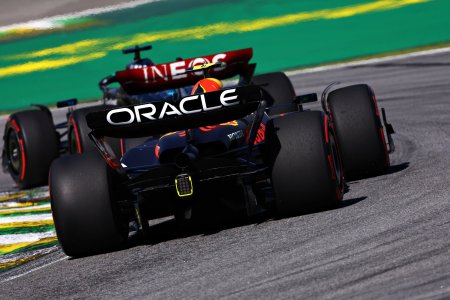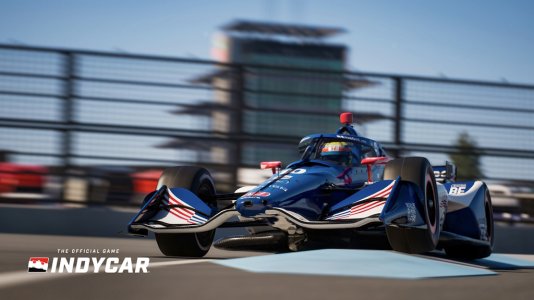I suppose the real test is how many people turn up for next year's race. Not something I follow at all but I got the impression that TV numbers (in the US) for the race weren't that great but maybe wrong there.
Actually the real test is how many watch on T.V. and attend races on average. Worldwide interest always lags behind U.S. interest re: IndyCar since it is homegrown. The same was true with WEC (we loved the same exact format for 15-20 years before it caught on in Europe), and, conversely, RallyCross in Britain (its home, which has in turn fueled massive interest across the planet, including here). So you will never hear me say "never" regarding the world interest, as compared to other racing series'.
If you go micro, the 500 garnered 5.9M viewers this year in the U.S. (a figure that is not final and will likely go up due to the massive spike after lap 150). This is roughly flat from 2014,
but down from 2015, when Montoya won (and Latino interest spiked in the U.S.). NASCAR still destroys IndyCar on average, though, with about 5M vs. 1M per race.
If you go macro, then it's significant that the 500 has beaten the NASCAR Charlotte race (same day, major network) starting in 2014 and has done so since. Further, it's hard to compare then and now because of the dot com boom, but nothing gets as many viewers these days, in general. However,
NASCAR is tanking (25%+ drop in ratings since 2013), while IndyCar is up (
34% in 2015,
34% in 2014, and 14% in 2013) and F1 is in a
nose-dive globally (600 million in 2008 to 450 million in 2013. to 425 million in 2015, despite modest gains in the U.K. last year). In sheer numbers, F1 is still the Goliath, but the trend is not good.
I see the 500 as a turning point, not a panacea. I have been following racing, both live and on T.V. since 1990.
This statement is key: "But over a shorter span of history -- say, the past 10 years -- IndyCar is one of the few forms of motorsport that has maintained or is slowly increasing its market penetration." Back in the mid-90s there were about 1.7M viewers per race, whereas today the average is about 1M. Five to ten years ago, IndyCar struggled to average 400,00 per race.
While the struggle continues, IndyCar is growing (like WEC) while other series' are in a free-fall (like F1 and NASCAR). To its credit, IndyCar has figured out that racing open wheel can be fast, close, and affordable. Speeds are way up, talent is way up, and costs are way down. Around $700,000 per car per season, whereas it was triple that price (not adjusted for inflation) back in the mid 90s. The sport is
the safest it has ever been, without covering the cockpit or reducing speed.










